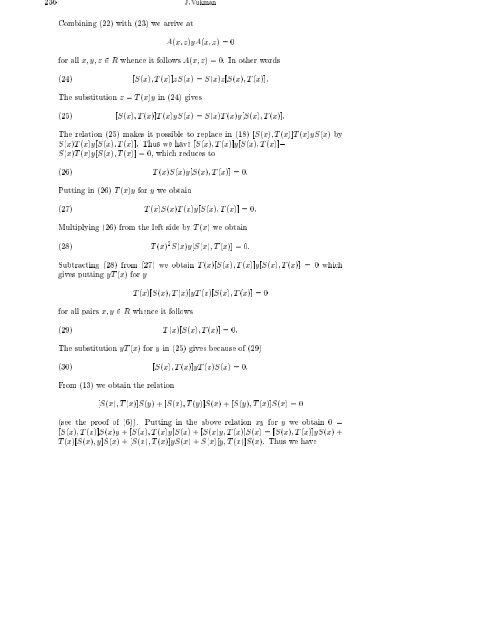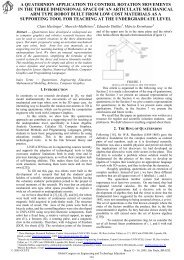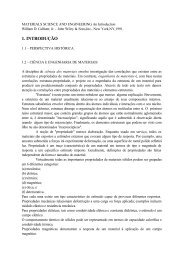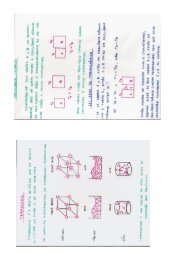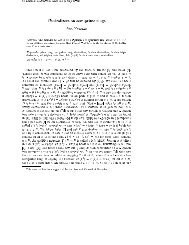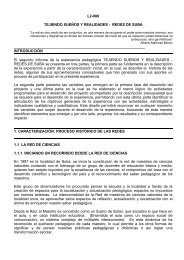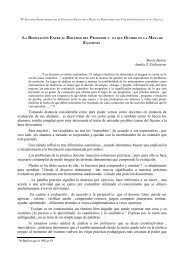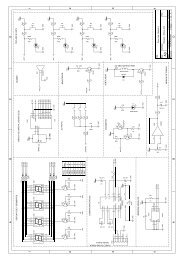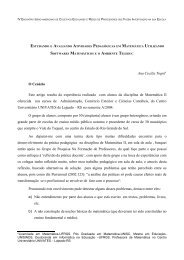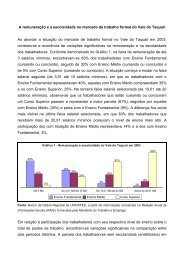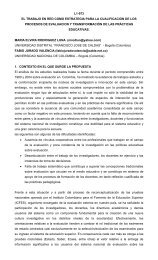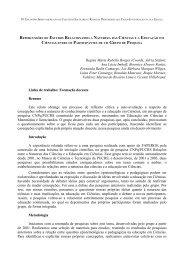Centralizers on prime and semiprime rings
Centralizers on prime and semiprime rings
Centralizers on prime and semiprime rings
You also want an ePaper? Increase the reach of your titles
YUMPU automatically turns print PDFs into web optimized ePapers that Google loves.
236 J. Vukman<br />
Combining (22) with (23) we arrive at<br />
A(x; z)yA(x; z) =0<br />
for all x; y; z 2 R whence it follows A(x; z) =0. In other words<br />
(24) [S(x);T(x)]zS(x) =S(x)z[S(x);T(x)]:<br />
The substituti<strong>on</strong> z = T (x)y in (24) gives<br />
(25) [S(x);T(x)]T (x)yS(x) =S(x)T (x)y[S(x);T(x)]:<br />
The relati<strong>on</strong> (25) makes it possible to replace in (18) [S(x);T(x)]T (x)yS(x) by<br />
S(x)T (x)y[S(x);T(x)]. Thus we have [S(x);T(x)]y[S(x);T(x)],<br />
S(x)T (x)y[S(x);T(x)] = 0, which reduces to<br />
(26) T (x)S(x)y[S(x);T(x)] = 0:<br />
Putting in (26) T (x)y for y we obtain<br />
(27) T (x)S(x)T (x)y[S(x);T(x)] = 0:<br />
Multiplying (26) from the left side by T (x) we obtain<br />
(28) T (x) 2 S(x)y[S(x);T(x)] = 0:<br />
Subtracting (28) from (27) we obtain T (x)[S(x);T(x)]y[S(x);T(x)] = 0 which<br />
gives putting yT(x) for y<br />
for all pairs x; y 2 R whence it follows<br />
T (x)[S(x);T(x)]yT(x)[S(x);T(x)] = 0<br />
(29) T (x)[S(x);T(x)] = 0:<br />
The substituti<strong>on</strong> yT(x) for y in (25) gives because of (29)<br />
(30) [S(x);T(x)]yT(x)S(x) =0:<br />
From (13) we obtain the relati<strong>on</strong><br />
[S(x);T(x)]S(y)+[S(x);T(y)]S(x)+[S(y);T(x)]S(x) =0<br />
(see the proof of (6)). Putting in the above relati<strong>on</strong> xy for y we obtain 0 =<br />
[S(x);T(x)]S(x)y +[S(x);T(x)y]S(x)+[S(x)y; T(x)]S(x) =[S(x);T(x)]yS(x)+<br />
T (x)[S(x);y]S(x)+[S(x);T(x)]yS(x)+S(x)[y; T(x)]S(x). Thus we have


